Ocean Commotion
Ocean Commotion is the current theme of our Discovery Room. During the closure, check out this virtual exhibit for beautiful ocean art from local Chico artist, Kate Hansen, and dive into hands-on activities that you can do at home!
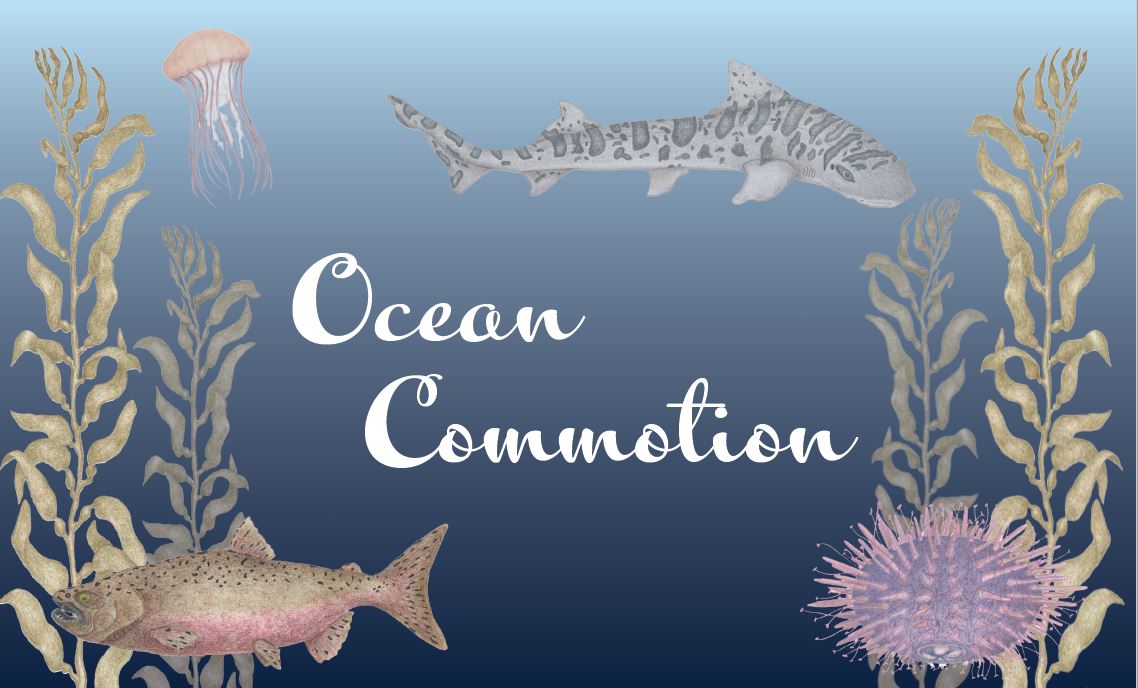
The ocean is Earth's largest habitat! The ocean's salty waters cover more than 70% of Earth's surface. Marine animals include fish, sharks, crabs, eels, coral, sponges, whales, squids, seals, and so much more! Some animals live close to the ocean's surface and other dive deep into the ocean's depths. The Pacific Ocean is the largest ocean with the deepest trenches. You can visit the Pacific Ocean off the coast of California. If you head to the coast, you'll see estuaries, or places where the freshwater of rivers meets the saltwater of the ocean. Along the coast, you'll see tide pools and kelp forests. As we continue offshore you'll see coral reefs, islands, dark trenches and open ocean. In this exhibit, you will learn why these marine habitats are important and why we should protect them!
Creature Spotlight:
We're highlighting the amazing creatures off the coast California! Chico artist, Kate Hansen, provided beautiful illustrations of ocean creatures for this exhibit:
I’ve always lived close to the ocean, a source of endless joy and inspiration. There’s always something new to see… along the water’s edge, buried in the sand, tucked among the rocks in tide pools, or swimming just offshore. I’ve spent hours poking along, picking things up and wondering how in the world these creatures became the way they are. How did this thing get like THIS?
Kate completed the illustrations for Ocean Commotion as part of her final internship for the Science Illustration Distance Program (SIDP), under the direction of Gretchen Halpert. The SIDP provides an opportunity for those who wish to combine their love of art and science with an opportunity to develop strong rendering skills. Kate has now completed the program and has earned the Certificate of Completion as a Science Illustrator.
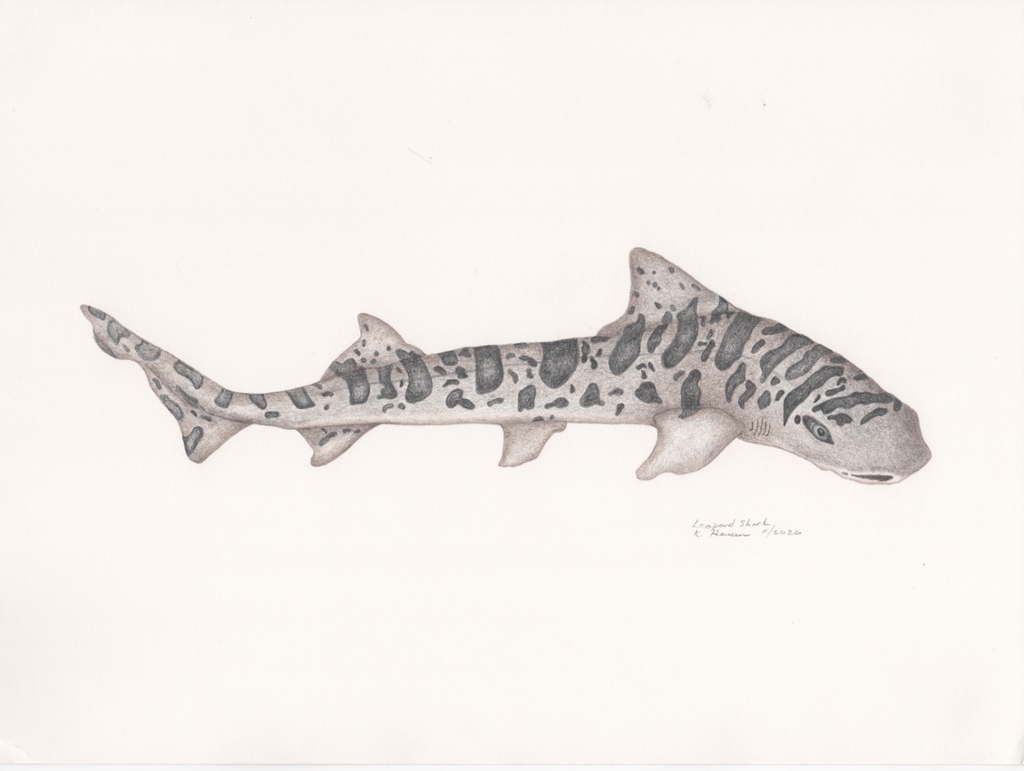
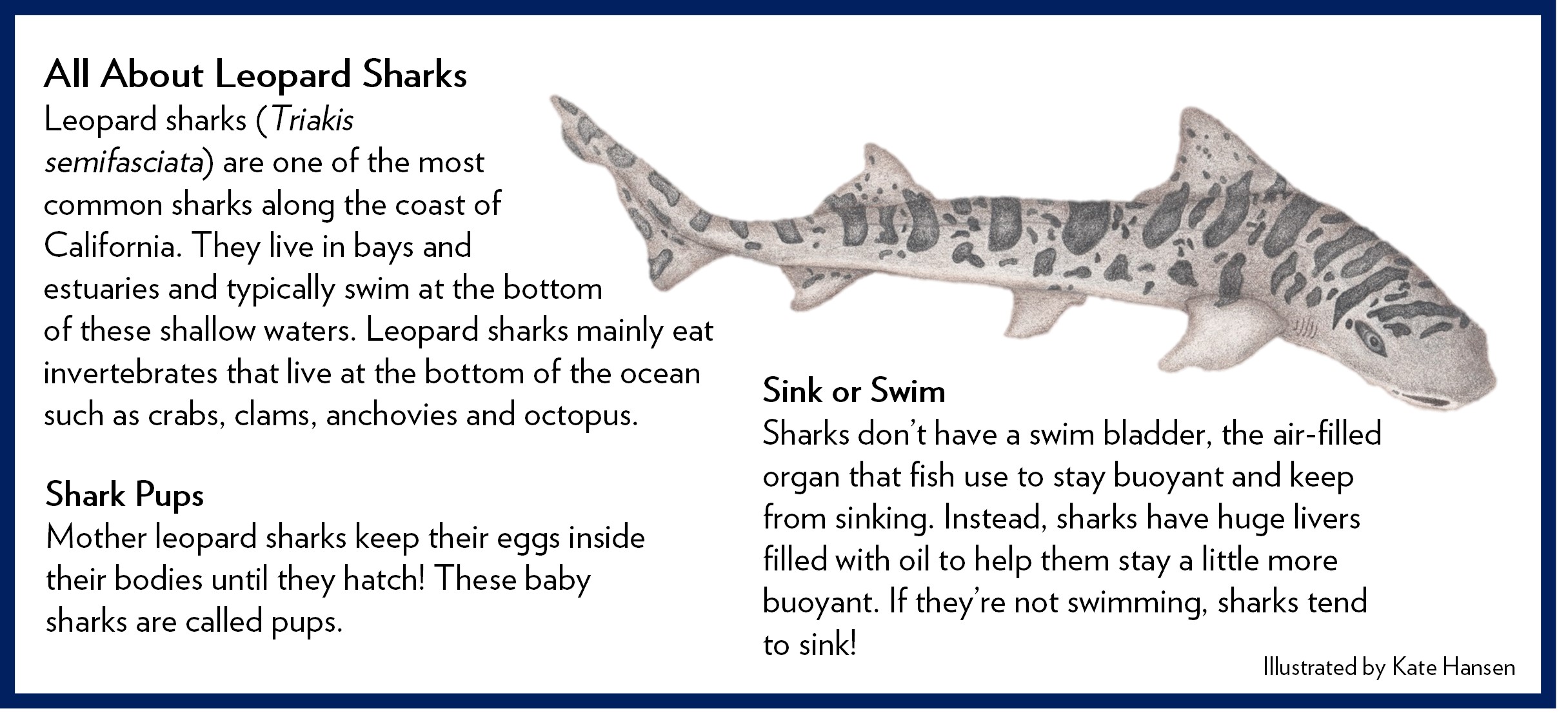
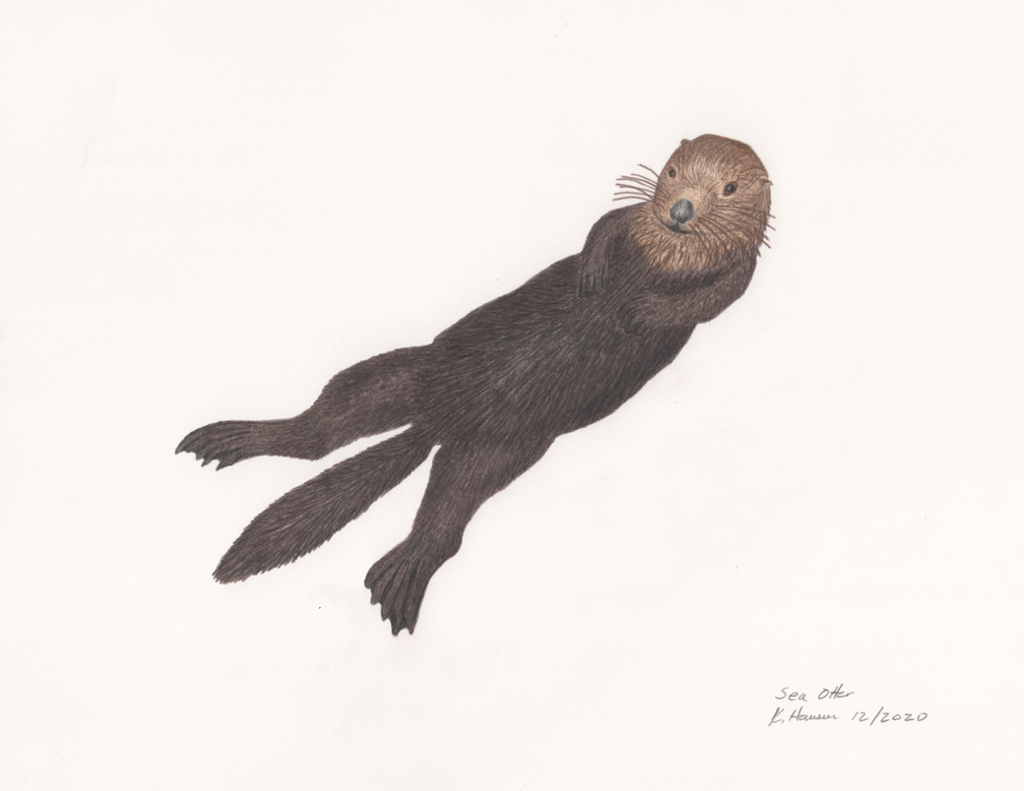
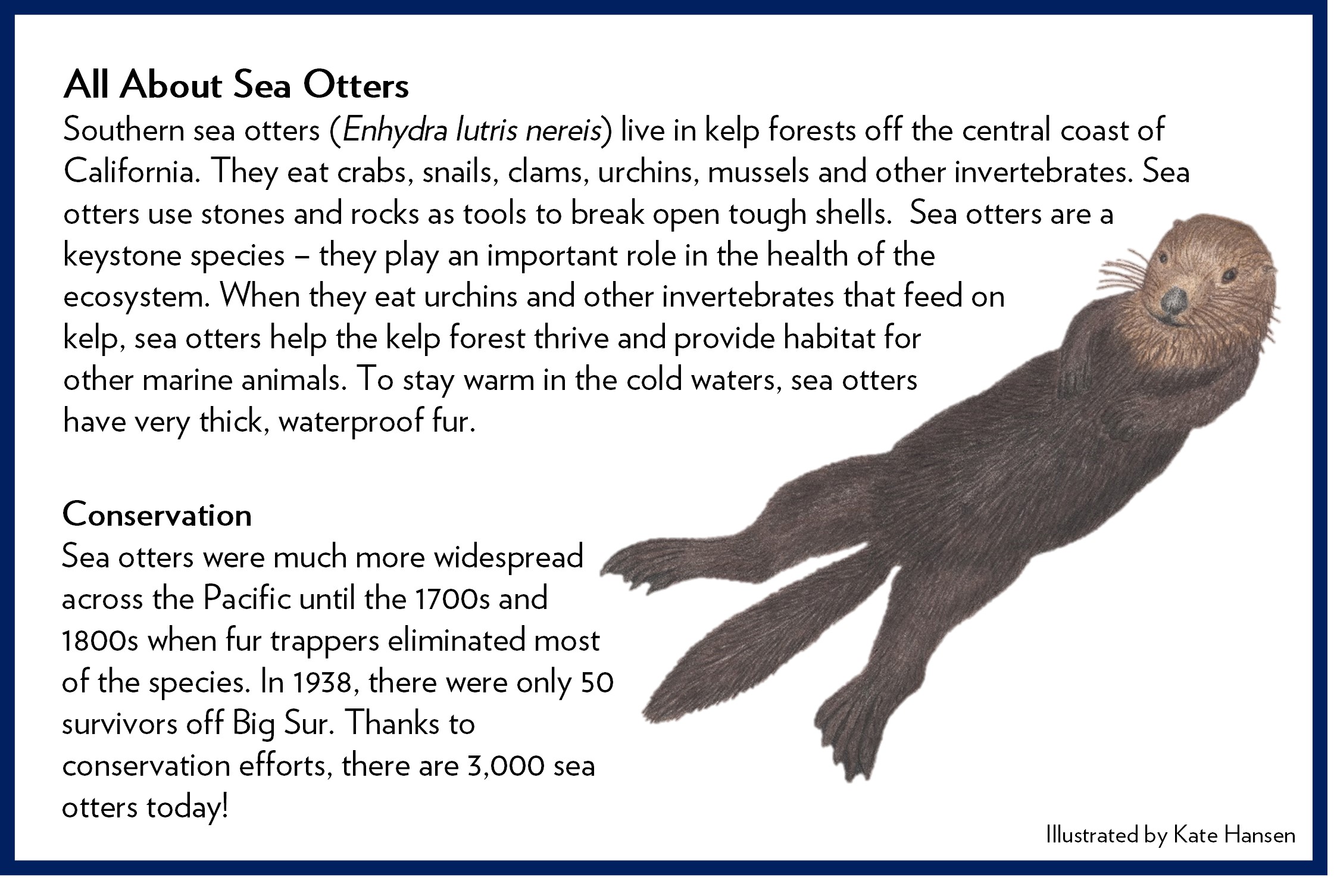

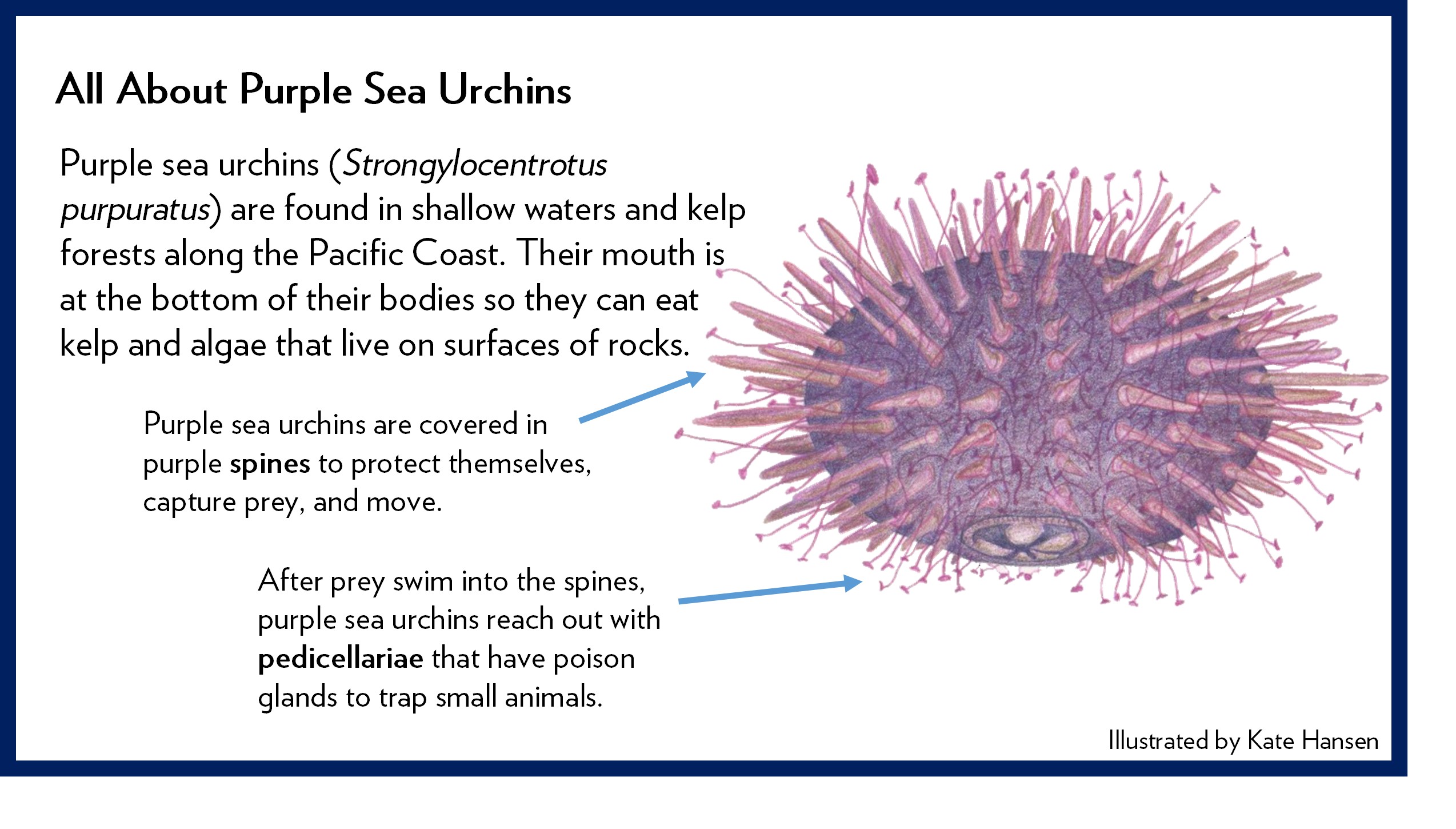
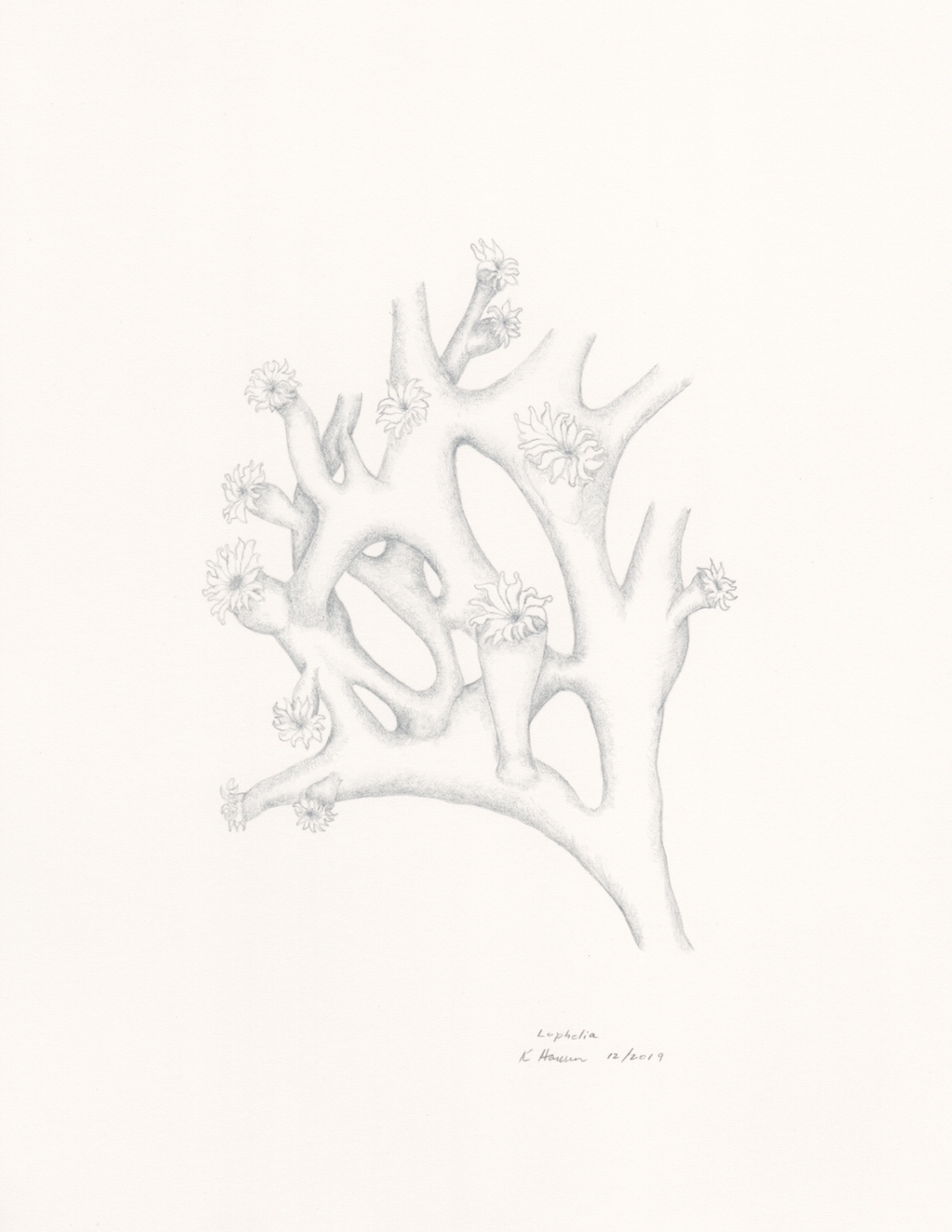
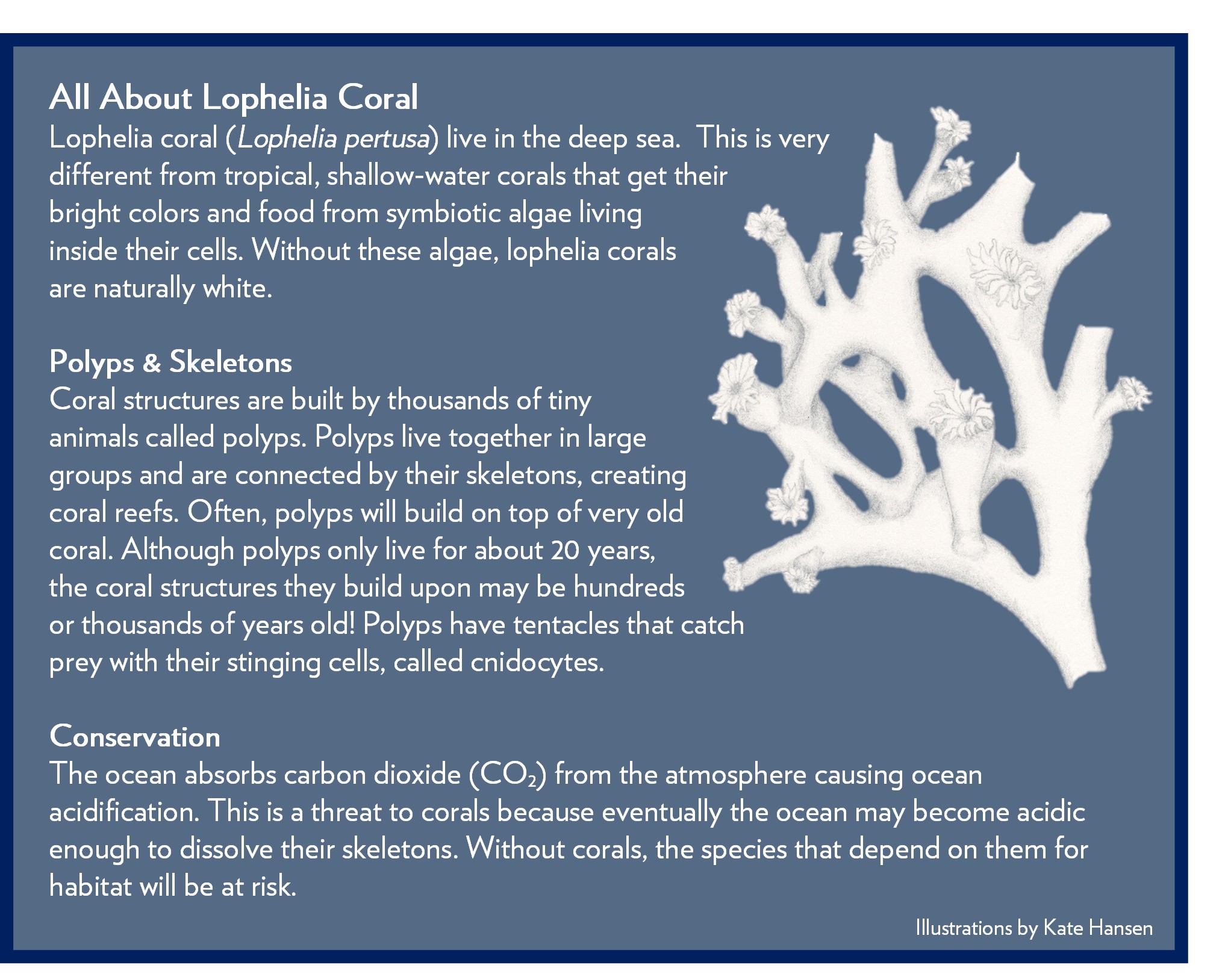
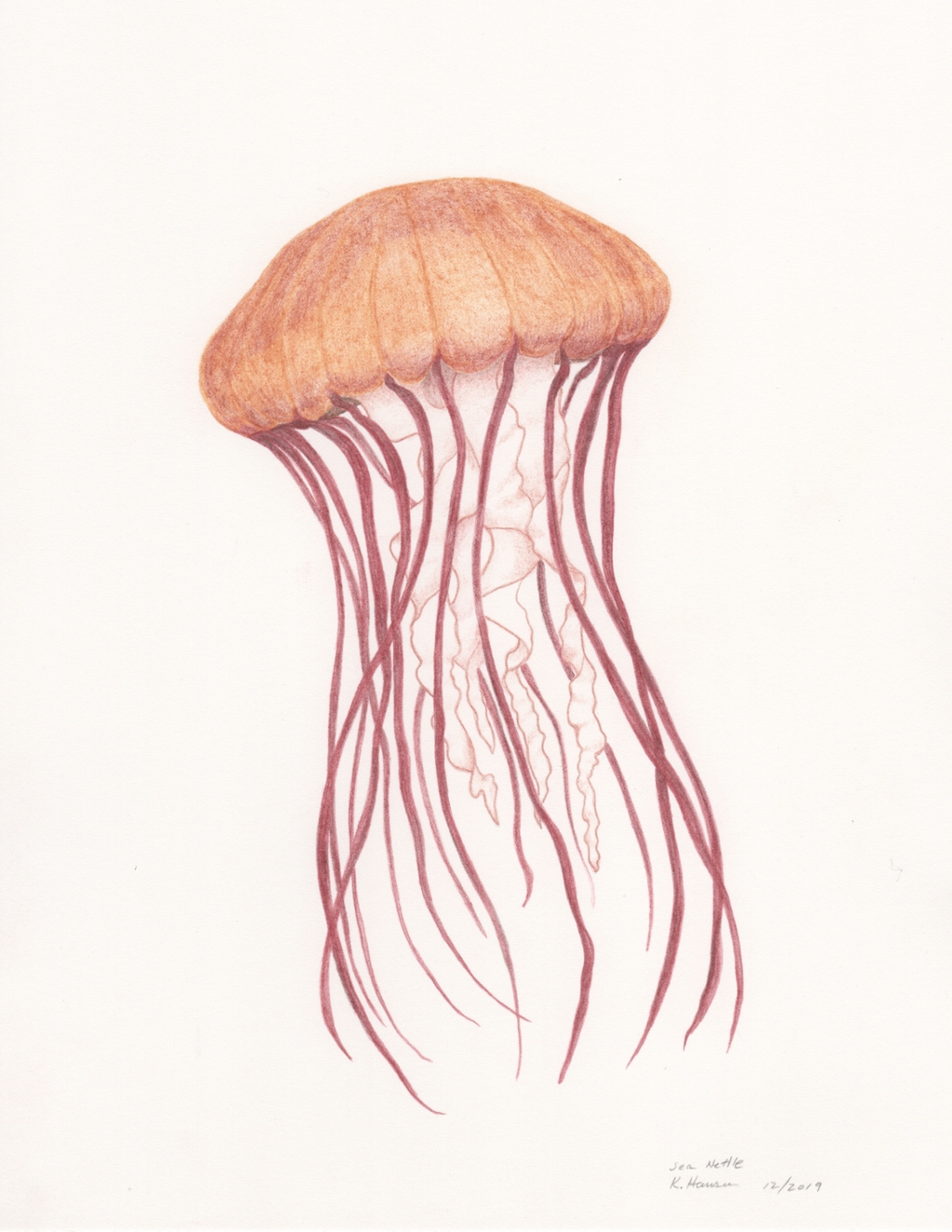
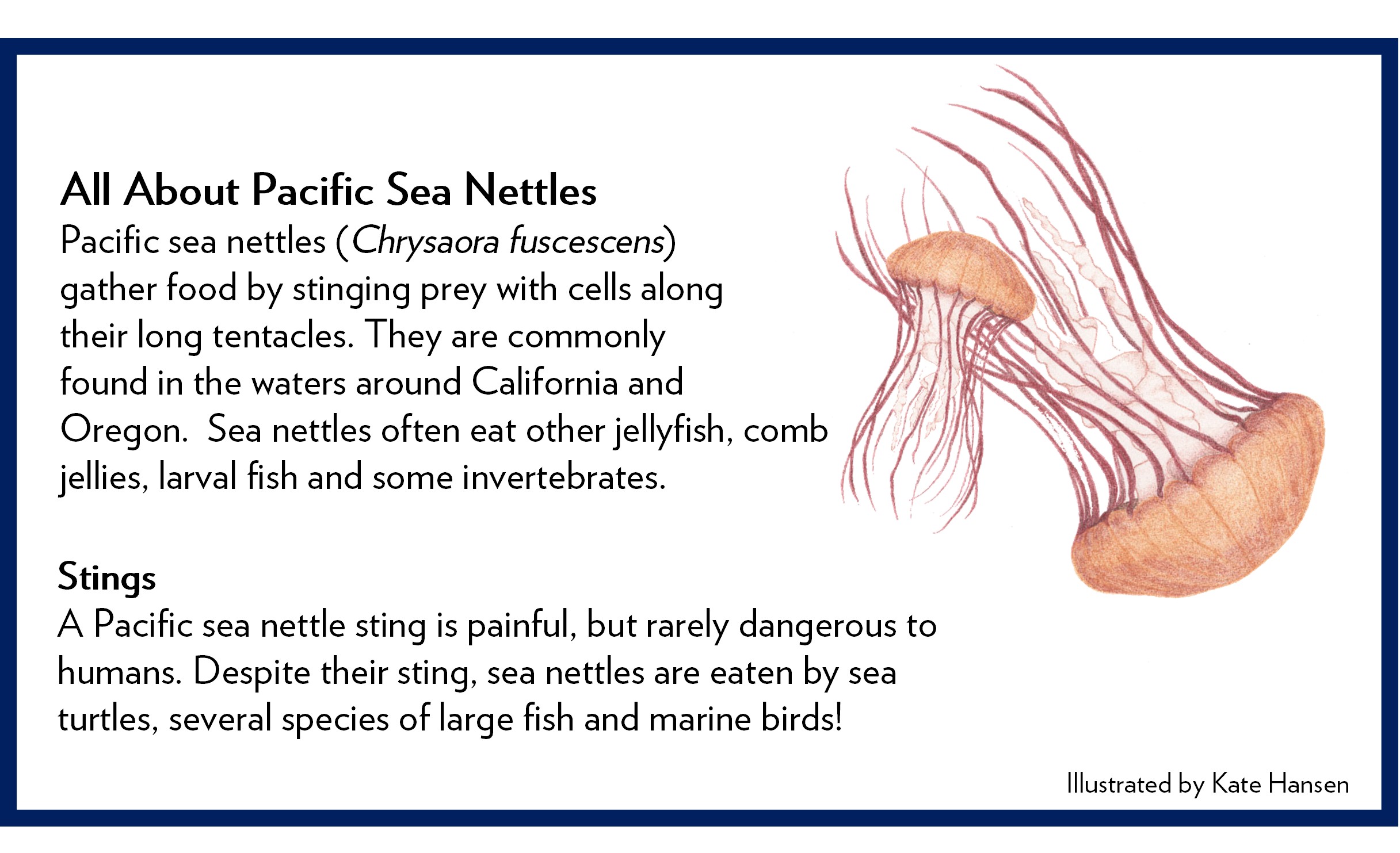

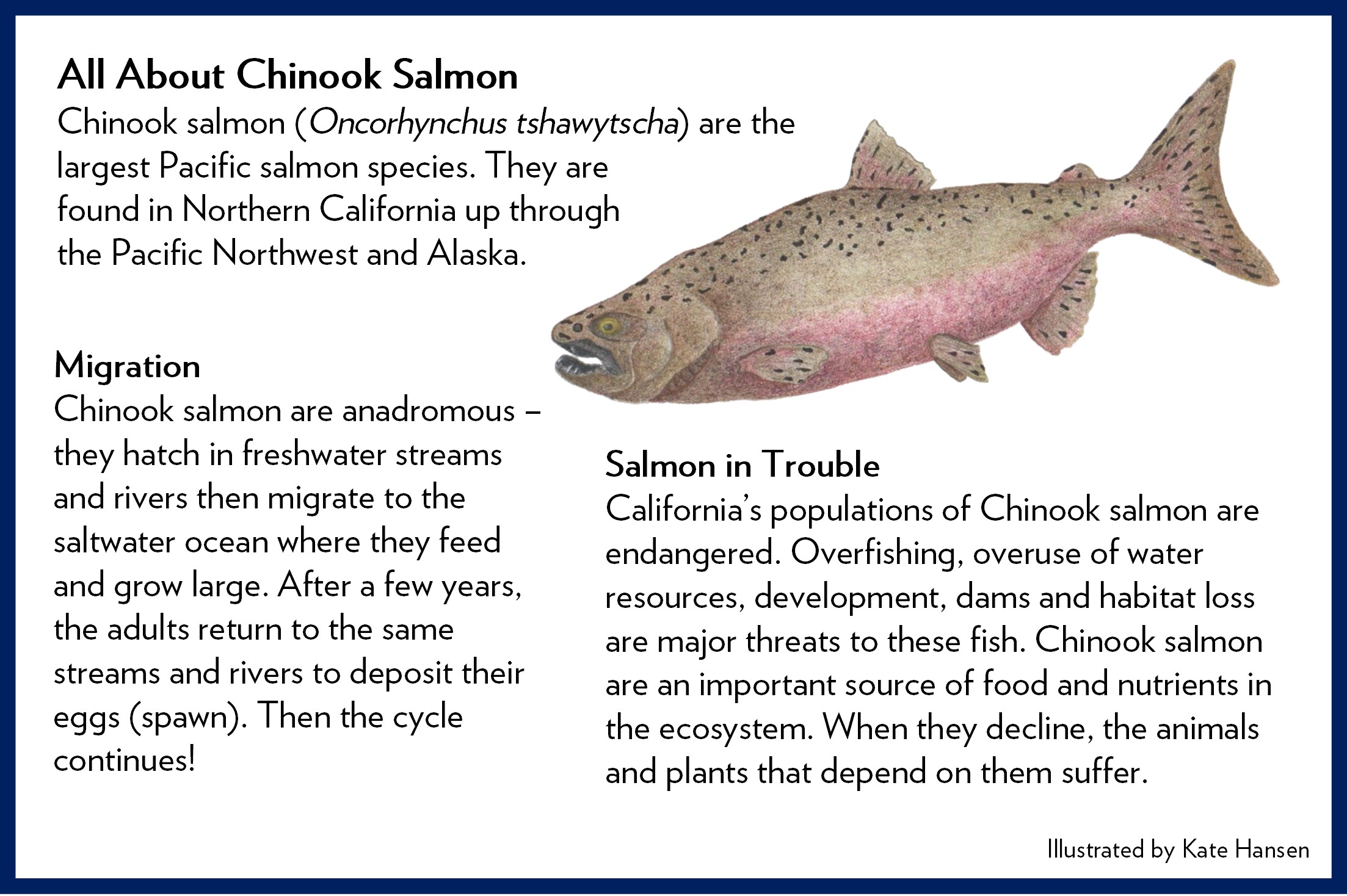
Recycling (PDF): Trash left on the ground can often get swept away by storm drains, or creeks and rivers and sent out to the ocean. Animals can become trapped in litter and drown or plastics may break down in the ocean to tiny pieces that ocean animals accidentally eat. Tokeep our ocean habitats healthy, we need to dispose of trash properly. This includes recycling and reusing when we can!
Ocean Origami (PDF): Follow the instructions to create your very own origami marine animal! Can you create your own design?
Ocean Zones (PDF) & Animal Anatomy (PDF): The ocean is home to so many different animals! Each animal is adapted to live in its ocean habitat. Some animals live in shallow waters and some live in the deep, dark ocean. Learn more about marine animal anatomy and where they live in the ocean!
Nautical Knots (PDF): Learning to tie knots is important for a sailor! You would need different knots to anchor, secure cargo, manage sails and many other situations on the sailboat. Using the instructions provided, can you tie these knots?
Shorebird Superheros! (PDF): Shorebirds can be found sticking their beaks in the mud and chasing down a meal in wetlands and coastal beaches across North America. They have long beaks, legs and toes that help them wade around the mud and sand in search of food. Every year at least one billion birds migrate along the Pacific Flyway that runs from the Arctic tundra to South America. Many of these birds call the Northern Sacramento Valley their home in the winter! Explore shorebirds with these puzzles, challenges, and more!
